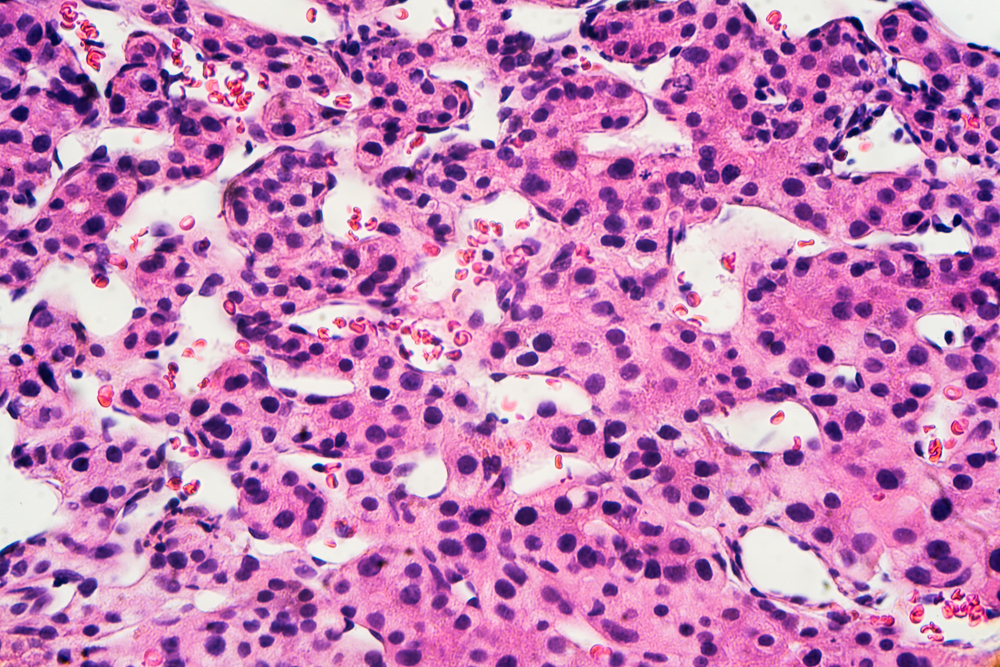
Scientists are turning to a seven-decade malaria drug to create a better delivery system of nanoparticles to treat cancerous tumors in the liver.
A new study, led by researchers from the Houston Methodist Research Institute, has found that chloroquine—a 70-year-old malaria drug—can block immune cells in the liver, enabling nanoparticles to arrive at the intended tumor site.
Even though nanomedicine is currently considered the best delivery option, only about one percent of a dose will successfully arrive at the intended tumor site, as the rest is filtered out by the immune cells of the liver and spleen.
The researchers used chloroquine to not only increase the circulation of nanoparticles in the body, but also reduce the body’s filtration of nanoparticles.
They found that chloroquine interfered with immune cells called macrophages, which are used by the body to identify microscopic foreign objects and destroy them.
During the study, the researchers followed an injection of chloroquine in mice with an injection of nanoparticles. This resulted in chloroquine decreasing the macrophages’ ability to clean up the nanoparticles.
The nanoparticles not only remained in circulation, but they also accumulated in mouse tumors as well as in the lungs of healthy mice, suggesting that the approach may also enhance treatment for lung diseases.
Chloroquine was first created in the 1940s for the prevention and treatment of malaria. The drug is used to mildly suppress the immune system, as well as to treat certain autoimmune disorders, including rheumatoid arthritis and lupus.
Chloroquine is also currently being studied as a treatment option for other cancers, including triple-negative breast cancer and pancreatic cancer.
The study was published in Scientific Reports.




